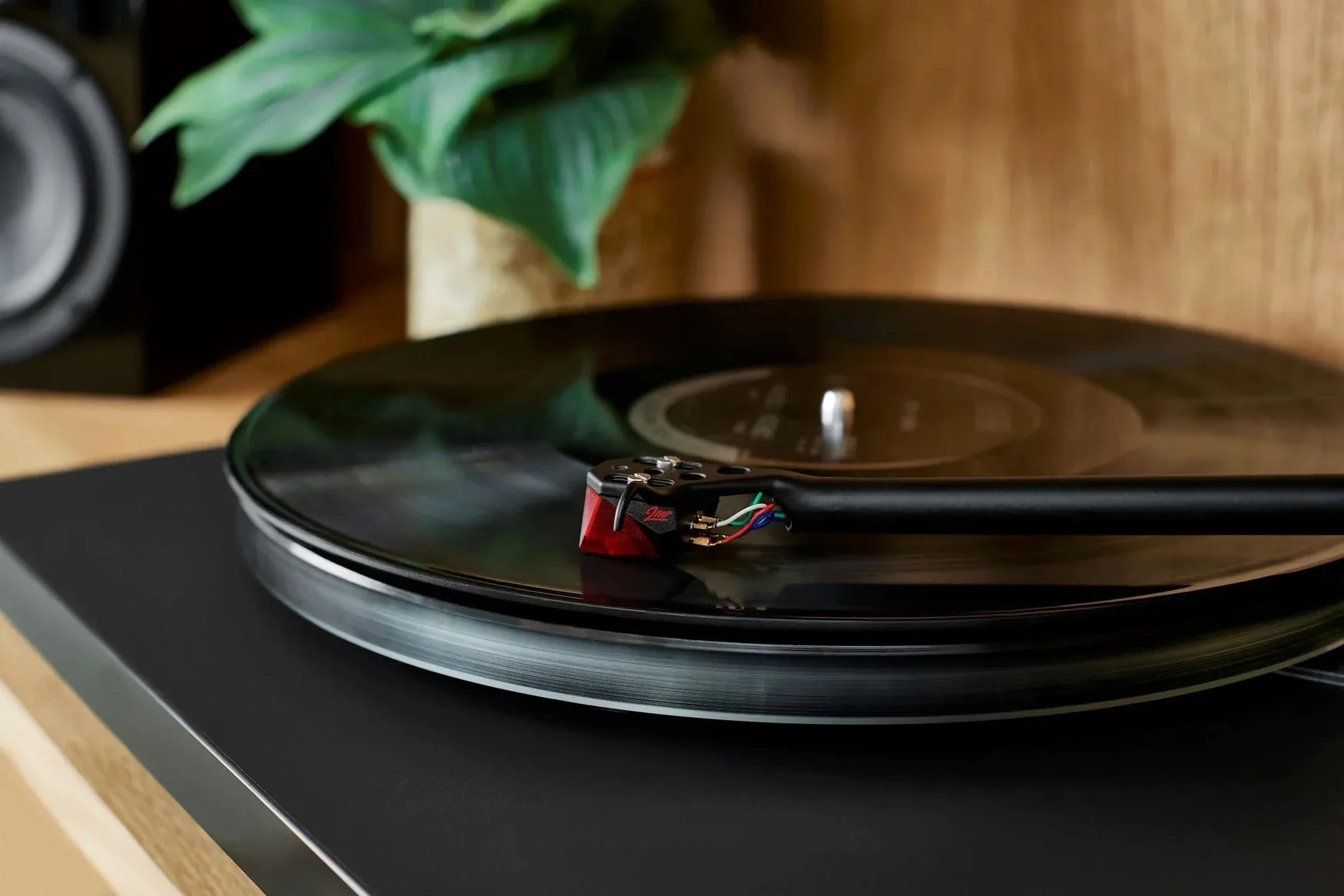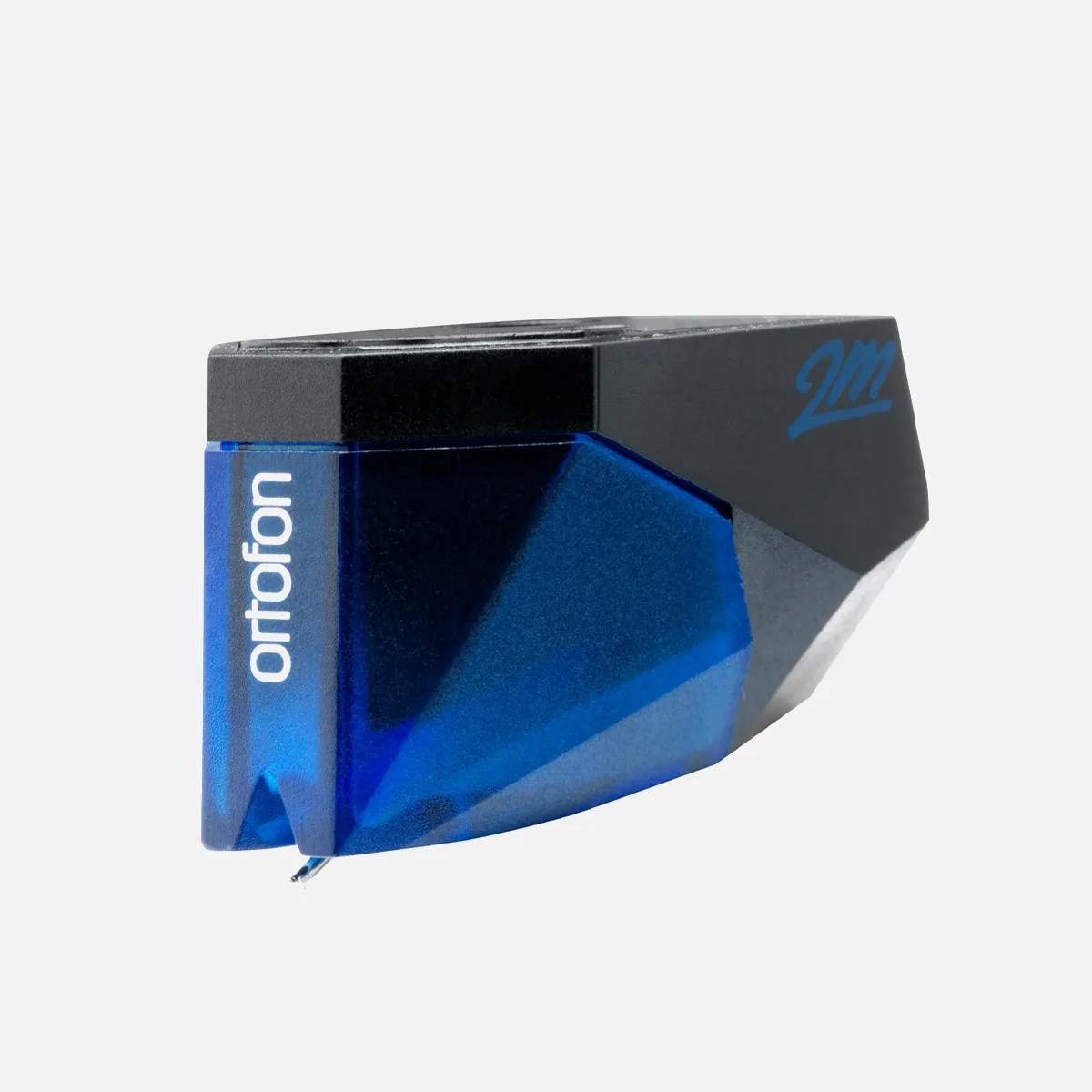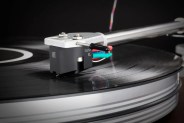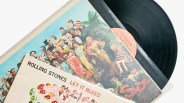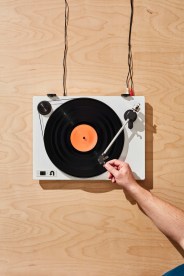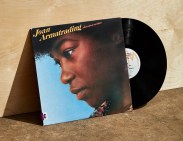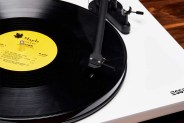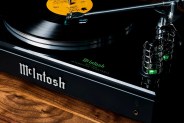Turntable manufacturers tend to make every part of the turntable themselves — the plinth, the motor, the tonearm and the platter. There is, however, often a notable exception for what is arguably a turntable’s most crucial component: the phono cartridge. While some companies, like Audio Technica and Cambridge Audio, do get into the cartridge business, many more including Pro-Ject, Fluance and U-Turn, have chosen to partner with Ortofon. Pro-Ject’s most popular turntable, the Debut Carbon (DC), comes with an Ortofon cartridge. So too does every turntable in Fluance’s Reference line.
So, what’s the deal? Why don’t more turntable manufactures make their own phono cartridges? And what makes Ortofon cartridges so special?
What makes Ortofon cartridges so special?
One of Ortofon’s biggest strengths is that it is in no way new to the game. Founded over 100 years ago in 1918 by two Danish audio engineers, Axel Petersen and Arnold Poulsen, the company developed one of the first synchronized sound film systems and helping to usher in an era of music and dialog. According to Louis Dorio, the product specialist at Ortofon, it was after World War 2 when the company became primarily concerned with producing record manufacturing and playback equipment, like record cutting heads and cutting amplifiers used in the mastering process.
“Ortofon developed the first cutting head that could actually offer wide frequency response, the way we listen to music today,” said Dorio. “Of course, at the time, listeners couldn’t make use of these new HiFi records without a new cartridge, so the natural thing to do was develop cartridges that could satisfy the demands of the new recordings.”
The first Ortofon cartridge was a moving coil cartridge, the MC Mono-A cartridge, and it was developed by Holger Christian Arenstein in 1948. Since then, Ortofon has been a fixture in the hi-fi world, manufacturing everything tonearms to cables, but they’re still best known for the over 50 cartridge models they make.


